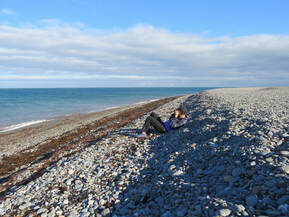 Point of Ayre 26 September
Point of Ayre 26 September A couple of days later we walked the coast south of Point of Ayre and glimpsed four golden plover.
Eider are at their furthest south here and on Walney Island- they lie on the same latitude. We visited Rushen Abbey, at Castletown- a daughter abbey to the wealthy and powerful Furness Abbey in Cumbria.
From Cronk Y Bing to the Point of Ayre there are sand dunes and shingle beach and diverse habitat.
Thanks to a team at Natural England for identification of gorse spider mite, seen on flowering gorse at Point of Ayre.
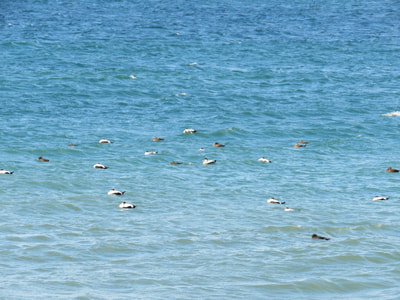
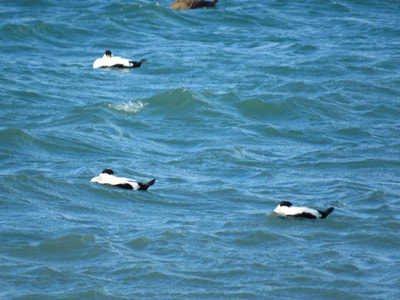
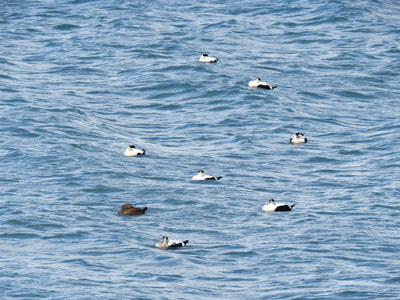
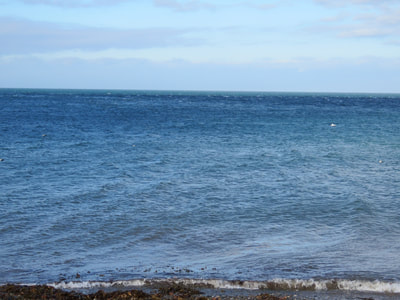
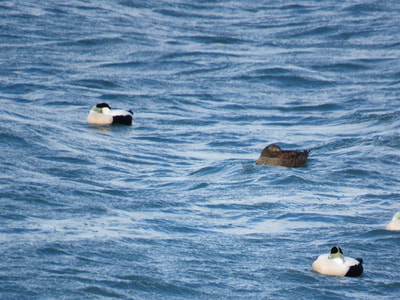
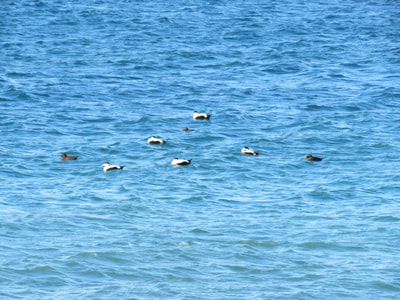
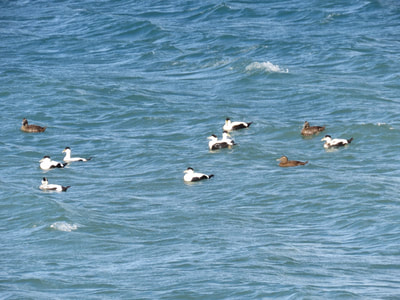
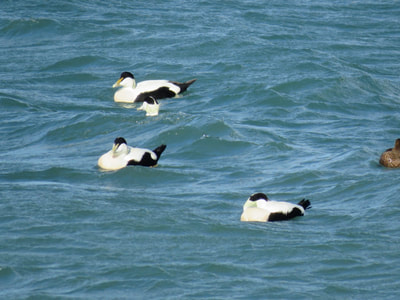
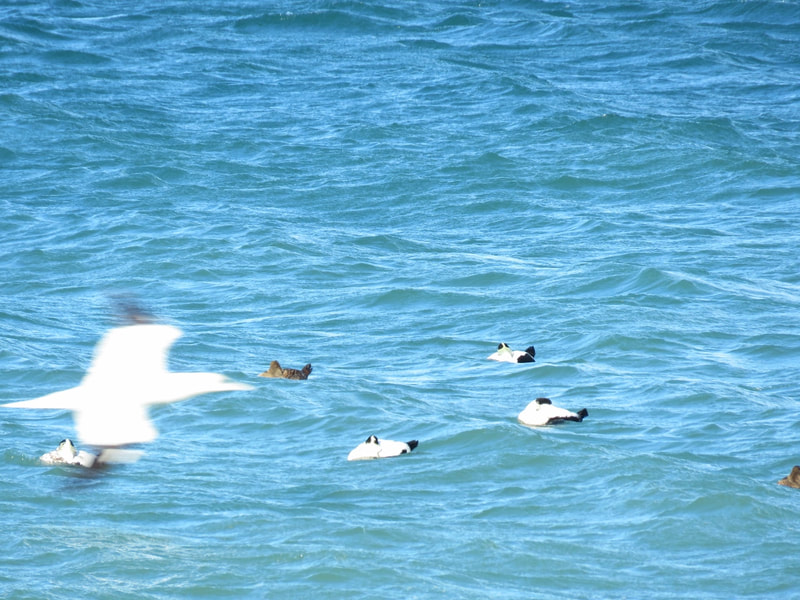
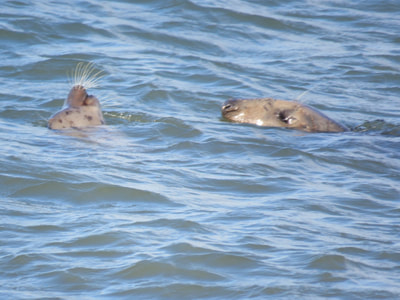
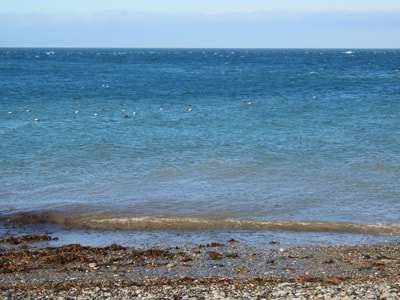
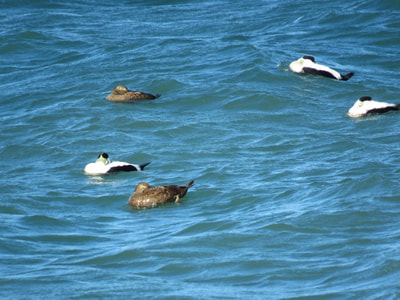
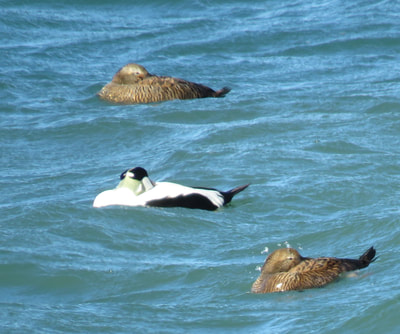
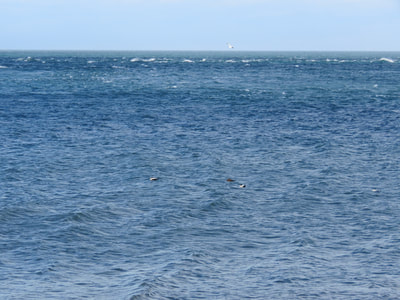
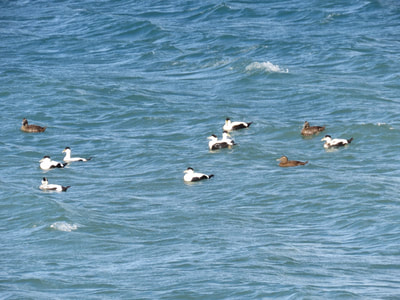
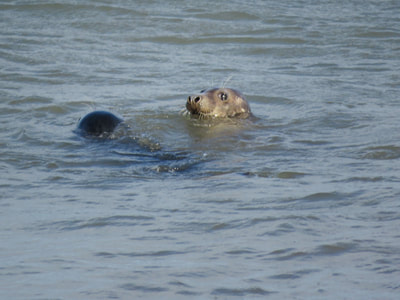

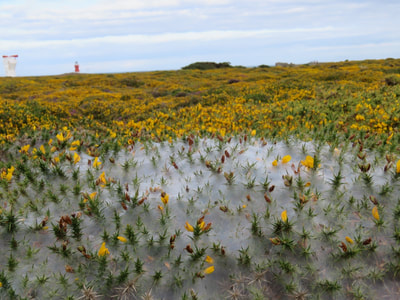
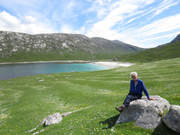
 RSS Feed
RSS Feed